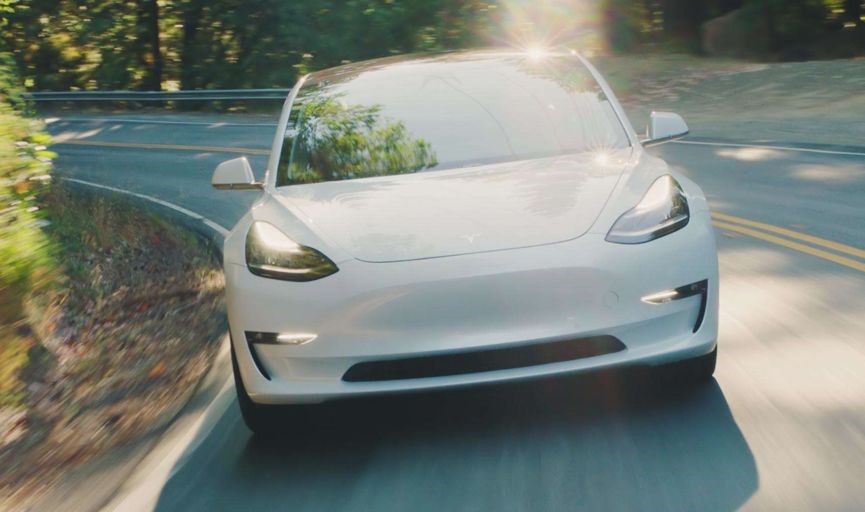In recent times, there have been frequent layoffs in various large groups, accompanied by various annual condolences to employees. Especially the news of large-scale layoffs led by General Motors, Volkswagen, and Ford, together with the sales decline of November, left those in the automotive industry feeling particularly sorry.
However, across the ocean, the most willful steel man in history, with Tesla’s Model 3, is becoming increasingly powerful, and is poised to become the sales champion of global new energy vehicles in 2018. This is the pure electric car that hundreds of thousands of customers around the world have been waiting for anxiously for more than two years and has a starting price of 35 million U.S. dollars.
This seems to give us an illusion that Musk’s vision for popularizing electric vehicles through more affordable products seems more accessible now.
Is it true?
Do any of you really believe that electric vehicles will become popular in the future?
How well is Model 3 selling?
In Q3 2018, Tesla made a profit (Musk was moved to tears).
More importantly, Model 3’s performance in the U.S. market is impressive:
-
Cumulative sales from January to November reached 114,160, making it the world’s best-selling electric car model;
-
Ranked 11th in the U.S. in terms of sales from January to November, and is the only electric car on the list;
-
November sales reached 18,650 units, ranking sixth in the U.S.;
-
Ranked first in the sales of small and medium-sized luxury car models in the U.S. from January to November, leaving its competitors far behind;
-
It is predicted to become the sales champion of global new energy vehicle sales in 2018.
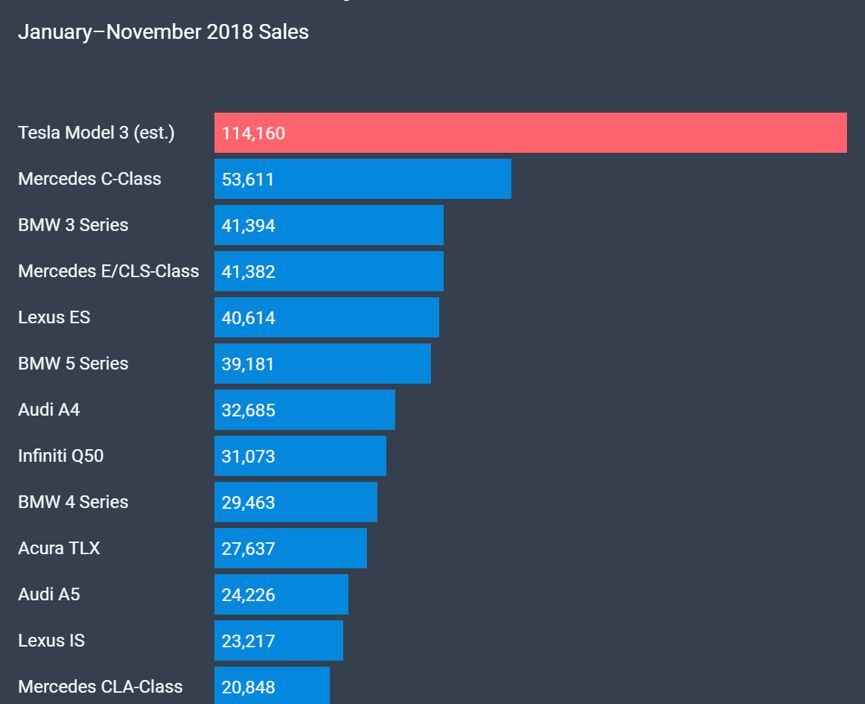
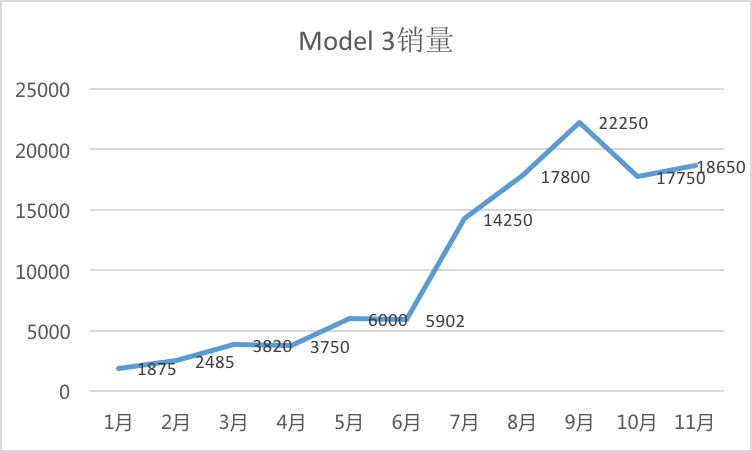
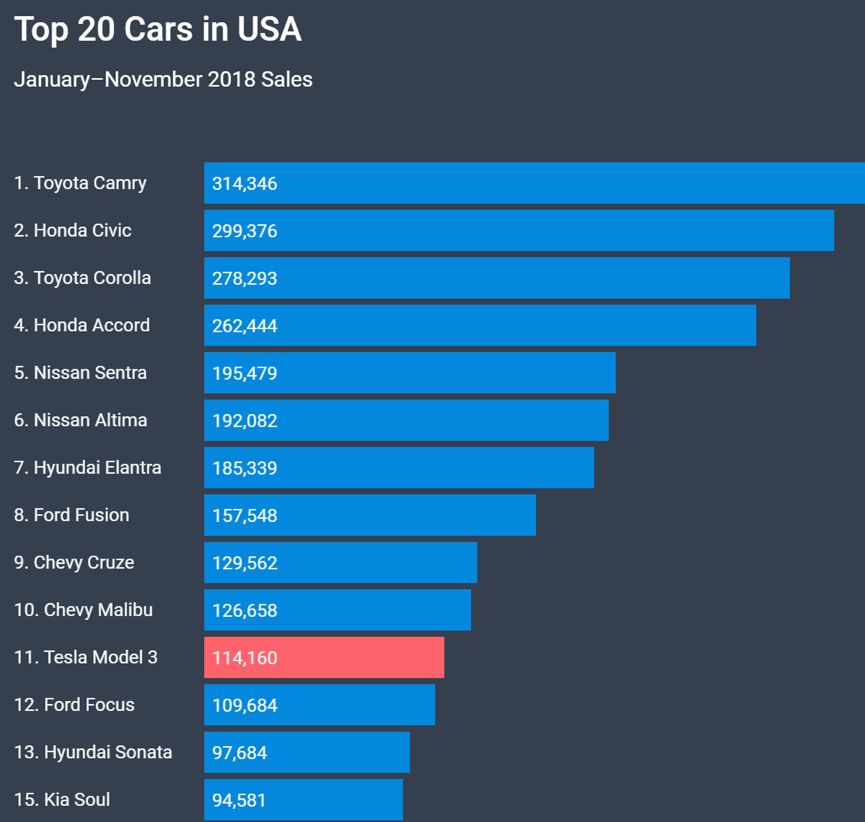
In Model 3’s sales figures, there are some points worthy of further thought:1. In the small to mid-sized luxury car market, Model 3 undoubtedly stands out, with sales from January to November surpassing the total sales of Mercedes C-Class and BMW 3 Series combined. Musk claimed during the release of Model 3 that it’s main competitors are the BMW 3 Series and Audi A4. The consecutive months of sales have proven the Model 3’s success in this phase.
- During the release of the Q2 financial report, Tesla published a list of the top five vehicles traded in for Model 3.
Although unable to obtain the exact trade-in ratio, we can learn some interesting facts from this list. The trade-ins of Prius and Leaf indicate the preference of new energy consumers for higher-end electric vehicles within the new energy field. This demonstrates how slow the traditional car brands are to take action and how few options are available on the market. The trade-in of BMW 3 Series reflects consumer selection based on luxury car brands. On Facebook, a poll conducted showed that the original cars of Model 3 buyers were, although the results cannot be considered rigorous, interestingly led by the BMW 3 Series. Perhaps BMWs brand appeal and features, such as technology and sportiness, coincide with the image of the Model 3. Last year, an investment institute even claimed that the Model 3 might consume the BMW 3 Series market share with their positioning being too similar. In turn, the trade-ins of two Honda models indicate that Model 3 has a larger market space, becoming the best choice for consumers to upgrade from mass-produced brands to luxury ones. This market is particularly noteworthy.
These five models are all stars in their respective markets. In June, the Civic became the top-selling compact car in the US, while the Accord became the top-selling intermediate car in the US. The Prius and Leaf have long been leading the market in the hybrid and electric sectors, followed by the BMW 3 Series, which ranks top 3 among new-entry level luxury cars. Customers from different market segments are all choosing Model 3, indicating something significant.
After seeing the trade-in list, I felt that Americans’ love for cars may return to domestic brands, which should please Trump. For traditional car users, Model 3 is the first choice when entering the era of electric vehicles, and for affordable new energy vehicle users, it’s the first choice when entering the era of luxury electric vehicles.
In addition, Model 3 has another interesting benchmark competitor, the Ford Mustang.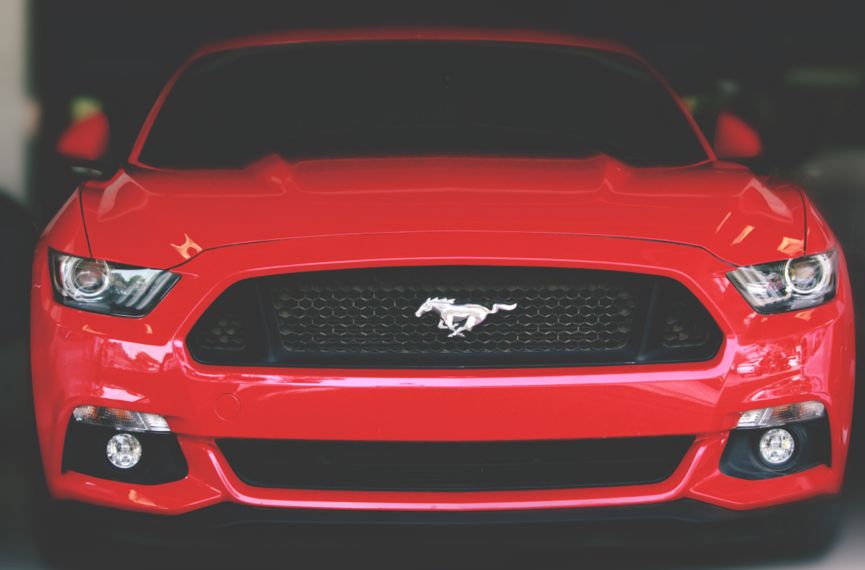
The Mustang, one of the iconic muscle cars from the United States, also known as the “People’s Ferrari,” starting at $30,000.
Since the delivery of the Model 3, the media has tested the 0-200km/h acceleration of the Mustang and Model 3. The Mustang achieved a time of 9.3 seconds, while the Model 3 did it in 8.7 seconds…And in terms of sales, it appears that the Model 3 has a significant lead over the Mustang.
So if you want to buy an affordable performance car, the Model 3 provides a very good option.
Thus far, the Model 3 has achieved tremendous success compared to its competitors in each category. This is just based on the long-range version of the Model 3, which starts at $49,000 – significantly more expensive than the originally touted $35,000 version. Once the cheaper version begins delivery, life will likely become even more difficult for veteran players in the market.
In October 2018, along with the Model S and Model X, Tesla already owned a 50% share of the US new energy vehicle market…
Of course, there are also many hidden worries behind the success of the Model 3. The most important one is the expiring federal government subsidy. As Tesla’s cumulative sales reached 200,000 vehicles in July, the current $7,500 subsidy for Tesla models will be halved as of January 1st, 2019. This undoubtedly will stimulate sales in 2018, and the true market viability will only become apparent after the subsidy is reduced next year.
Why is the Model 3 so popular?
In 2017, the Model S dominated the US luxury car market.
In 2018, the Model 3 was also a decisive victory.
This may seem like a victory for electric cars, but in reality, it is a victory for new intelligent technology.
Electrification is not Tesla’s greatest characteristic.
The key is intelligence.In an article about an interview with a Tesla owner, which can be found at http://mp.weixin.qq.com/s?_biz=MjM5NTIyMjA2MQ==&mid=2656743923&idx=1&sn=1083167c195526729d293b346adf9937&chksm=bd55d6b18a225fa7f2bd4a5f8d37957d6bbc61349e9085e54681c460cbe3214f361d4a18e65a&scene=21#wechatredirect, we analyzed an important reason why Tesla is so successful at present, which is that its products perfectly cater to the needs of two extreme groups of customers, one being performance car enthusiasts and the other being tech enthusiasts. The former mainly pays for Tesla’s insane speed, while the latter pays for Tesla’s super intelligence.
Regarding the popularization of electric vehicles, one view is that it will only become popular on a large scale when battery costs are low enough, battery energy density is high enough, or charging is convenient enough. But another factor that has not been taken into account is the change in car consumption culture brought about by intelligence and sharing, which is also tirelessly driving the popularity of electric vehicles.
The real progress of technology and the true liberation of productivity are irresistible charms.
The car invented by Mercedes-Benz replaced animal and human power with mechanical power, Ford’s assembly line simplified complex manual processes, and greatly improved efficiency. These are examples of the liberation of productivity.
The true revolution brought by Tesla is the opening of the smart car era.
As a means of transportation, the biggest fun factor that cars used to have came from driving passion. But now, Tesla has inspired another fun factor for cars, intelligent technology.
The former stimulates adrenaline, while the latter is probably more of a cerebral high.
Conclusions drawn from consumer analysis of a new generation of car makers that focus on technology indicate that many of their fans are not traditional car customers, but rather tech enthusiasts who do not originally plan on buying cars—they treat cars as tech products.The following Markdown translation from Chinese to English is done, in a professional way, keeping HTML tags inside Markdown and outputting only the result.
This message echoes to a certain extent with the self-analysis by Tesla owner Ryan.
Here, it is worth noting that a new market has emerged, where smart cars, as the big toy for tech enthusiasts, have independent fans – not car enthusiasts, nor those who need a car as a basic necessity.
By the way, newly launched XPeng Motors seems to have found this new market pretty well. As a new brand, there is still a long way to go to surpass traditional cars in basic performance, and the cost to use it cannot be fully equalized – it is quite difficult to let customers pay without having some personal attitude or feeling.
However, tech enthusiasts are definitely a good target audience. They are usually highly educated, high-paid, good-looking, and shareable, and they are just great potential car owners.
Most car brands have realized this to some extent, so there are more and more cars displayed at CES.
But Tesla’s perception of product advantages is intriguing.
At the Model 3 launch, Musk emphasized that Model 3 is the safest car in the world. He showed a video of the impact of a high-altitude object and compared it with a Volvo car. The conclusion is that Volvo can only be the second safest car in the world.
There was no mention of the feature of intelligence at all.
Electric cars, can they really become popular?Previously, 42Group discussed “When Can Electric Cars Become Popular”(http://mp.weixin.qq.com/s?_biz=MjM5NTIyMjA2MQ==&mid=2656747259&idx=1&sn=a595e7211f7062405261039dbc7f78e1&chksm=bd55d9b98a2250af3f7f2c06bfe8415e41e0c961bc52321dd87adcb302f6d0f3f270d0da6625&scene=21#wechatredirect), which clearly stated the necessary conditions for the popularity of electric cars: safety, convenience, and operating cost. Whether it is energy or intelligence, these basic conditions are essential for popularity. Otherwise, it can only be a toy and not a tool.
Currently, the safety of batteries and autonomous driving has been exposed by more and more incidents, and further differences are challenges posed by data privacy and safety.
Regarding convenience, even though battery cost is becoming lower, recharge efficiency and facilities continue to restrict the experience of electric cars. Recently, major car-owners within 42 have been complaining about winter mileage, which shows that the primary awareness for these high-end electric car products established for consumers is the mileage range. Terrible experience with winter mileage for electric cars makes it difficult to achieve true popularity, especially in cold regions.
Even though Model 3 is exciting, its limited mileage and charging capability will still limit the footsteps of many consumers. Imagine if the 400-500 mile range of Model 3 is reduced due to winter factors, or if one must search for charging stations- if you only have one car in your house, you must consider your options carefully.
Returning to the official website of Model 3:
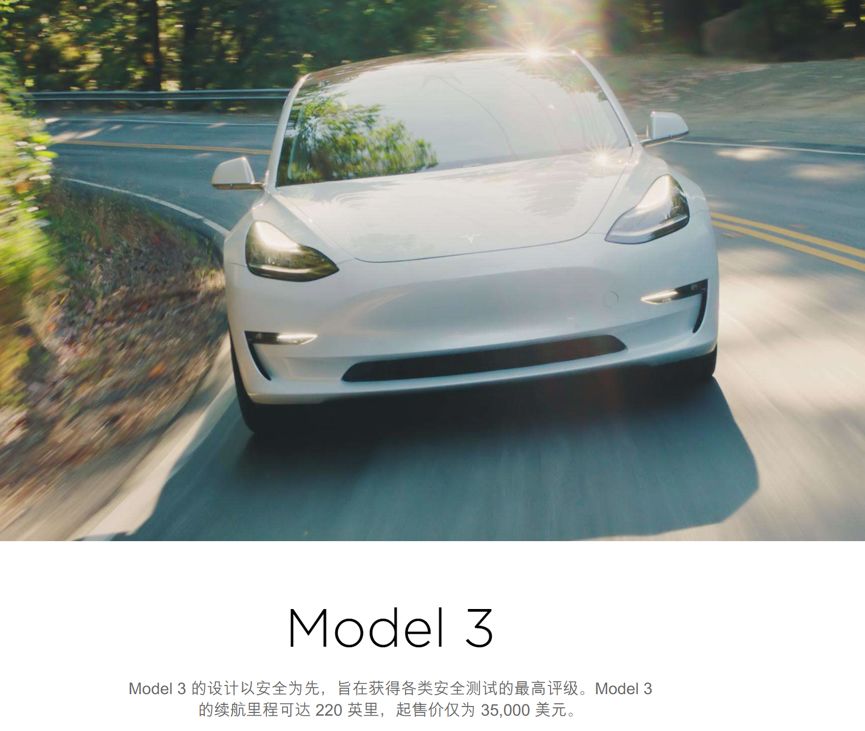
In one short sentence, it promotes three things: “Security, Endurance, Price.” It is a very powerful selling point.
If you see the promotional features of other Tesla products, you’ll find that they do not emphasize their intelligence. Why is that?
Perhaps it is considered unnecessary.
Do you believe that such a car could drive the popularization of the electric car market?“`



“`
This article is a translation by ChatGPT of a Chinese report from 42HOW. If you have any questions about it, please email bd@42how.com.
